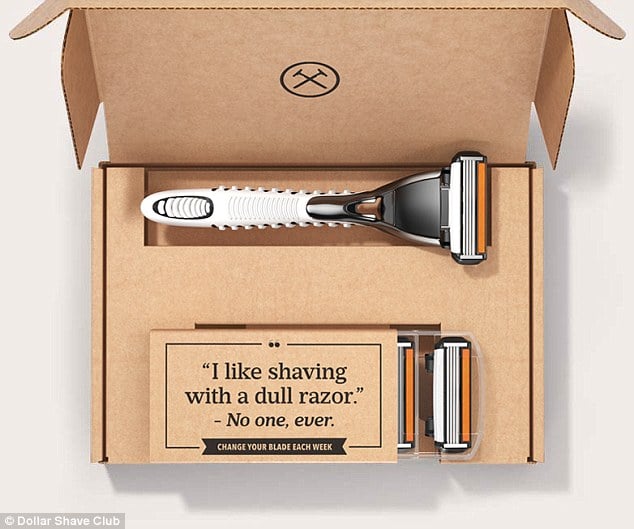
This post previously appeared on Compliantia.
“What does the future hold for CPGs?”
It’s an interesting question, and one that’s not always easy to answer. Market and consumer trends can be unpredictable. And sometimes, the technologies you expect to hit it big fall flat (remember Google Glass?) while the real game changers come in when you aren’t looking.
But as tricky as it is to plan for the future, this is something that every brand must do. Remaining stagnant could mean the death of your business.
To help ensure that doesn’t happen, I’ve outlined some insights into the key trends that could indicate what the future holds for CPG trends. Three industry experts, including Profitero’s Keith Anderson, weigh in on what brands can expect in the coming months and years.
Here’s what they had to say.
1. New brands will bypass traditional retail — at first.
“The rapid rise of digital native D2C brands like Dollar Shave Club and the Honest Company are a function of lower barriers to entry and more cost-effective ways of building and growing brands at scale. While publicly-traded incumbents have become increasingly risk-averse, CPG has become ripe for riskier venture investors that prioritize growth and share-gain above near-term profitability,” says Keith Anderson, SVP Strategy & Insight, Profitero.
“Consequently, more D2C brands will emerge, many bypassing traditional retail channels — at least initially. But, like Dollar Shave Club, there’s a ceiling to how far a brand can go solo. Most households shop with retailers because they aggregate multiple brands within a category and multiple categories into a single transaction, increasing choice and convenience.” – Keith Anderson, SVP, Strategy & Insight, Profitero
According to Anderson, “D2C brands eventually must expand distribution to traditional retailers (as Honest Company did) or join a larger player with the capabilities to support traditional channels (as Dollar Shave Club did). Expect a continued explosion of new market entrants and, in parallel, an increase in consolidation via M&A.”
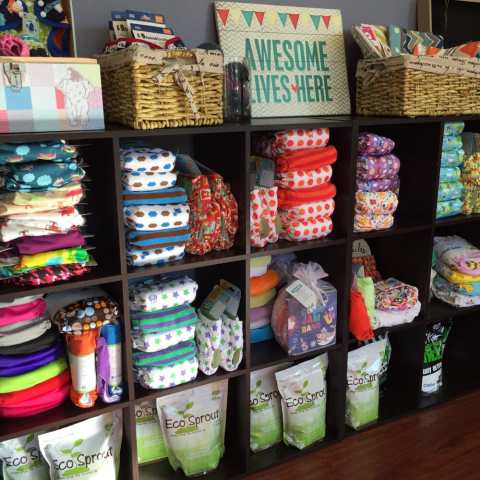
Compliantia commentary: D2C will continue to grow, but don’t expect it to push out traditional retail. As Anderson points out, retail stores will continue to be an important channel for CPG firms, especially those that want to expand. This is why brands must think about the big picture and not place all their eggs in a single distribution channel.
This also means that it’s more important than ever to create a unifying brand experience. Get clear about what your brand stands for and what it means for consumers, and then figure out how that message comes to life in different retail banners and channels.
Then there’s making sure that your campaigns are executed perfectly across multiple retailers and channels. If you’re selling online, have your eCommerce team work closely with your marketing and brand department to ensure that your website adequately represents what your brand stands for.
And if you’re selling through traditional retail, work closely with your retail partners when executing your campaigns. Clearly communicate your branding and messaging to each retailer, and make your campaign guidelines easy to understand. Then once your programs are live, conduct retail audits to check whether your campaigns are executed correctly.
2. Consumers will increasingly make purchase decisions before they step foot in a store.
“I think the CPG industry will be heavily impacted by the notion that a large portion of the customer journey takes place before they step foot into a retail location. Engaging with customers using relevant information about purchase history, interests and special product offerings/deals is my guess on how brands and retailers will “lead the pack.” – Damien DeHart, Enterprise Sales, Marketo
Compliantia commentary: Back in the day, shopping looked something like this: a consumer walks into a store, looks around, and comes across a brand or item that she likes. She finds out more about product (or the company behind it) by reading what’s on the packaging or by talking to a sales associate. In some cases, she might recall seeing the item on TV or in a magazine ad. And ultimately, she uses all that to make her purchase decision.
Fast-forward to the present. The buying process has changed quite a bit. Yes, consumers still get brand information from advertisements and sales people; but these days, online reviews, product comparison articles, and even social media posts can heavily influence people’s path to purchase.
And for the most part, a lot of that content is consumed before the customer even steps foot in a store. In many cases, modern shoppers know more about a product than the store’s own associates!
To keep up with these changes, brands must find ways to get in front of consumers while they’re in that “research” phase of the shopping journey. How? One tactic is to use reviews. Display product ratings and reviews on your website and allow shoppers to learn about other people’s experience with your merchandise.
Social influencers and bloggers can also do wonders for brand awareness. Team up with influencers and bloggers in your niche and work with them on sponsored content. Consider what hello® toothpaste is doing. To raise awareness about their products, the oral care brand has sponsored posts on a number of lifestyle blogs.
For example, there’s this piece about establishing good brushing habits, in which the author shares tips on how parents can get their kids to brush their teeth. The post offers some sound advice, while promoting hello’s oral care products at the same time.
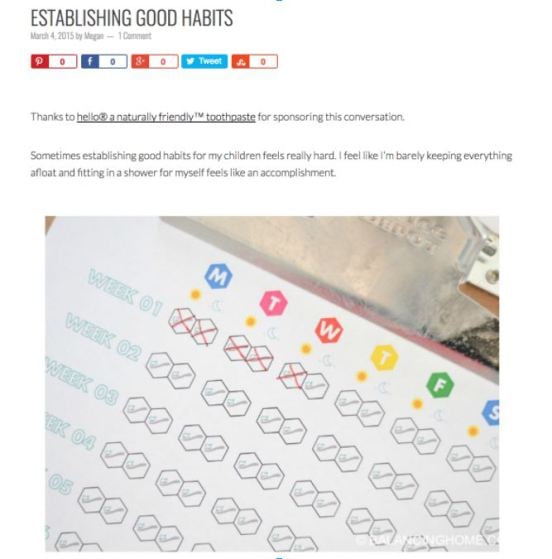
In addition to putting your brand out there, find ways to engage with consumers while they’re at this research stage of the buying process. Get them to visit your website so they can learn more about your brand and let them sign up for your email list so you can send them information about your products.
Enfagrow®, an infant and toddler formula brand, does this quite well. When mothers subscribe to their newsletter, they’re asked to enter their child’s birthday. Enfagrow® then uses that information to send message relevant to each stage of the child’s life. The brand’s emails are filled with tips and educational information about what moms can expect when their child reaches a certain age.
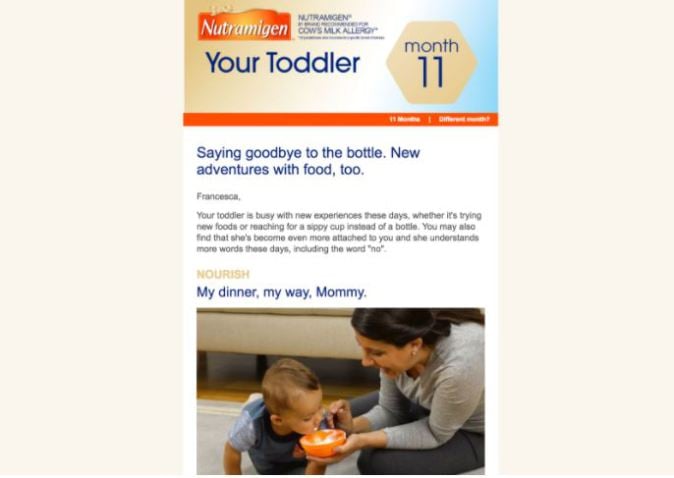
Taking such steps helps keep your brand top of mind, and when customers walk into a store, they will be more likely to look for your products.
At this stage, you want to make sure that you’re able to continue effectively communicating your brand’s story in-store. See to it that your merchandising displays are top notch, and work closely with your retail partners when executing your programs.
3. eCommerce and social shopping will make an even bigger impact.
“The trend that will impact CPG the most will be eCommerce and social shopping. CPG products, due to their price point, frequency of purchase and low risk are often purchased online. To keep up, brands and retailers should focus on innovation through social commerce and UGC content that involves the user in the customer journey.” – Veronica Malinski, Partnership & Project Manager, dubdub
Compliantia commentary: Digital commerce will continue to grow. Expect more customers to browse and buy on e-commerce sites as well as on social media.
What does this mean for CPG brands? For starters, it’s time to get serious about using eCommerce as a sales channel. If you haven’t done so yet, give consumers the ability to purchase your products online.
We’re starting to see more of this happening. Younger, digital-first brands such as Honest Company and Harry’s for example, are enabling shoppers to purchase directly from their websites. Meanwhile, many larger CPG firms are letting consumers purchase their products by directing them to the websites of their retail partners.
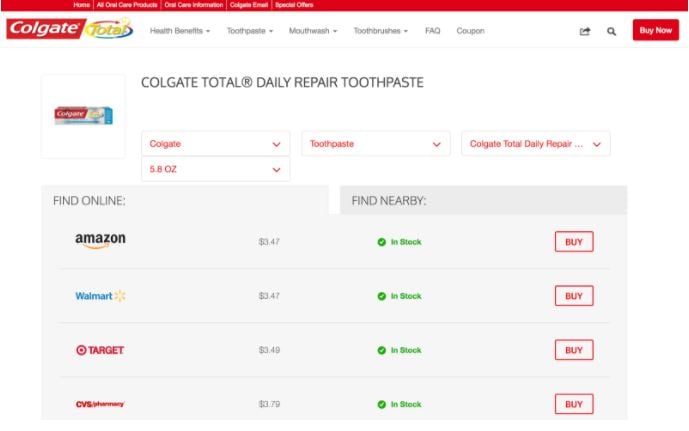
And if your brand is active on social media, it may behoove you to explore social shopping options. Consider what baby product brand, Munchkin, is doing. Munchkin enables users to easily buy the products they see on the company’s Instagram feed using a shoppable link.
Do note that the role of social media isn’t limited to the digital realm. Some of the most innovative brands have found ways to leverage social media to increase engagement both online and offline. Take for example, Team Manila, a clothing brand in the Philippines. Team Manila encourage social shares in-store by having brand-specific hashtag stickers in its fitting rooms.
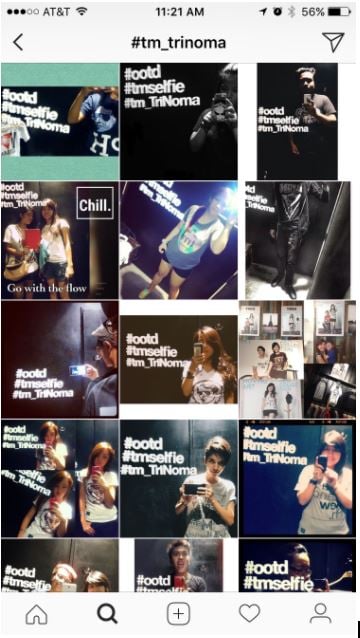
Take a leaf from their playbook and find ways to take your social media initiatives offline. Perhaps you can start including links to your social accounts on your packaging. Or maybe you could increase user-generated content by enticing customers to post photos of your products on social. Whatever the case, find the best social media tactic for your brand and test it out.
Bottom line
The CPG landscape will continue to evolve, and it will get more competitive in the coming years. The key to survival? Don’t sit around waiting for the future. Instead, actively prepare for it. If you haven’t done so yet, start examining current trends and find out how you can use them to your advantage.
With that said, good luck and here’s to your future success.
About the author:
 Francesca Nicasio is a freelance writer and content strategist who’s dedicated to writing about retail trends and tips that help merchants increase sales, improve customer service, and be better retailers overall. Her work has been featured in top retail industry publications including Retail TouchPoints, Street Fight, Retail Customer Experience, and more. She’s also a featured thought leader on LinkedIn, and is followed by over 200,000 professionals on the site.
Francesca Nicasio is a freelance writer and content strategist who’s dedicated to writing about retail trends and tips that help merchants increase sales, improve customer service, and be better retailers overall. Her work has been featured in top retail industry publications including Retail TouchPoints, Street Fight, Retail Customer Experience, and more. She’s also a featured thought leader on LinkedIn, and is followed by over 200,000 professionals on the site.


























